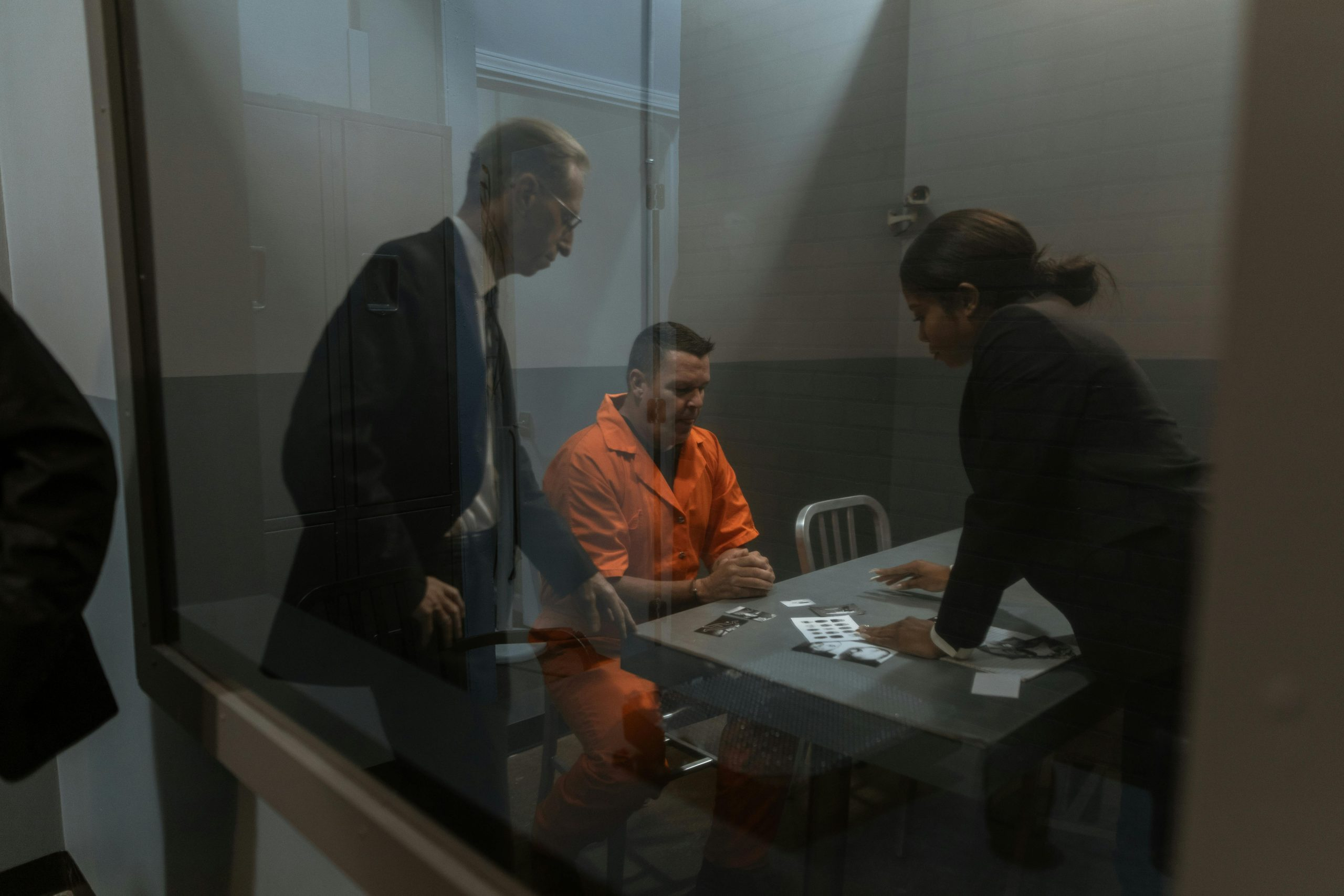Restorative Justice Programs: Victims Confronting Offenders Face-to-Face
Restorative justice programs have gained increasing attention in recent years as a more holistic and victim-centered approach to criminal justice. These programs aim to address the harms caused by crime by bringing victims and offenders face-to-face in a mediated setting. One of the key components of these programs is the opportunity for victims to confront their offenders, speaking directly about the impact of the crime and holding them accountable for their actions. This article will delve into the background and benefits of restorative justice programs that allow victims to confront offenders face-to-face.
What is Restorative Justice?
Before delving into the concept of victims confronting offenders in restorative justice programs, it is important to understand what restorative justice is as a whole. Restorative justice is an alternative approach to traditional criminal justice, centered around repairing the harm caused by crime. It is a victim-focused method that seeks to bring closure and healing to all parties involved, including offenders, victims, and the community.
Restorative justice works by bringing together all those affected by a crime in a facilitated dialogue. This can include the victim, offender, their families, and other community members if desired. The goal is to have an open and honest conversation about the crime, its impact, and how the offender can make amends for their actions. These programs often take place in a non-adversarial setting, with the focus on healing and repairing relationships rather than punishment.
Victims Confronting Offenders Face-to-Face
In traditional criminal justice systems, victims often feel left out and powerless in the process. They may not have the opportunity to speak about the impact of the crime on their lives, and may not receive any restitution or acknowledgment from the offender. Restorative justice programs aim to change this by providing a safe and structured environment for victims to confront their offenders in a face-to-face meeting.
By allowing victims to express their emotions, tell their stories, and ask questions directly to the offender, it can bring a sense of closure and validation. Victims often report feeling more satisfied with the process and outcome of restorative justice programs compared to traditional court proceedings. This is because they have the chance to be heard and have their needs addressed, rather than feeling like a mere bystander in the criminal justice system.
The Impact on Victims
The experience of confronting their offenders in a restorative justice program can have a powerful impact on victims. It allows for a sense of empowerment, as they can face their offender in a safe and supportive environment. Victims also have the opportunity to ask questions and receive answers directly from the offender, which can provide a deeper understanding and closure.
Moreover, it can also aid in the healing process for victims. By having their voices heard and their needs addressed, victims can move forward with their lives and feel a sense of closure. It can also provide a sense of justice, as the offender is held accountable for their actions and can take steps to make amends. This can be especially beneficial in cases where the offender may not receive a harsh punishment in the traditional criminal justice system, but victims still feel the need for closure and restitution.
The Impact on Offenders
The opportunity for offenders to face their victims in a restorative justice program can have a profound impact on them as well. It provides a chance for offenders to take responsibility for their actions and see the harm they have caused. This can lead to feelings of remorse and empathy towards the victim, as well as a desire to make things right.
Additionally, facing their victims can also be a powerful deterrent for offenders. By seeing the impact of their actions and hearing from the victim firsthand, it may promote a sense of accountability and prevent future offending behavior. Restorative justice programs also often involve follow-up and monitoring, which can help offenders stay on track and make amends.
Conclusion
Restorative justice programs that allow victims to confront offenders face-to-face provide a more victim-centered and holistic approach to addressing the harms caused by crime. By bringing together victims and offenders in a mediated dialogue, it can lead to a deeper understanding, empathy, and accountability. These programs have shown to have positive impacts on both victims and offenders, promoting healing, closure, and ultimately, a safer and more just society.











